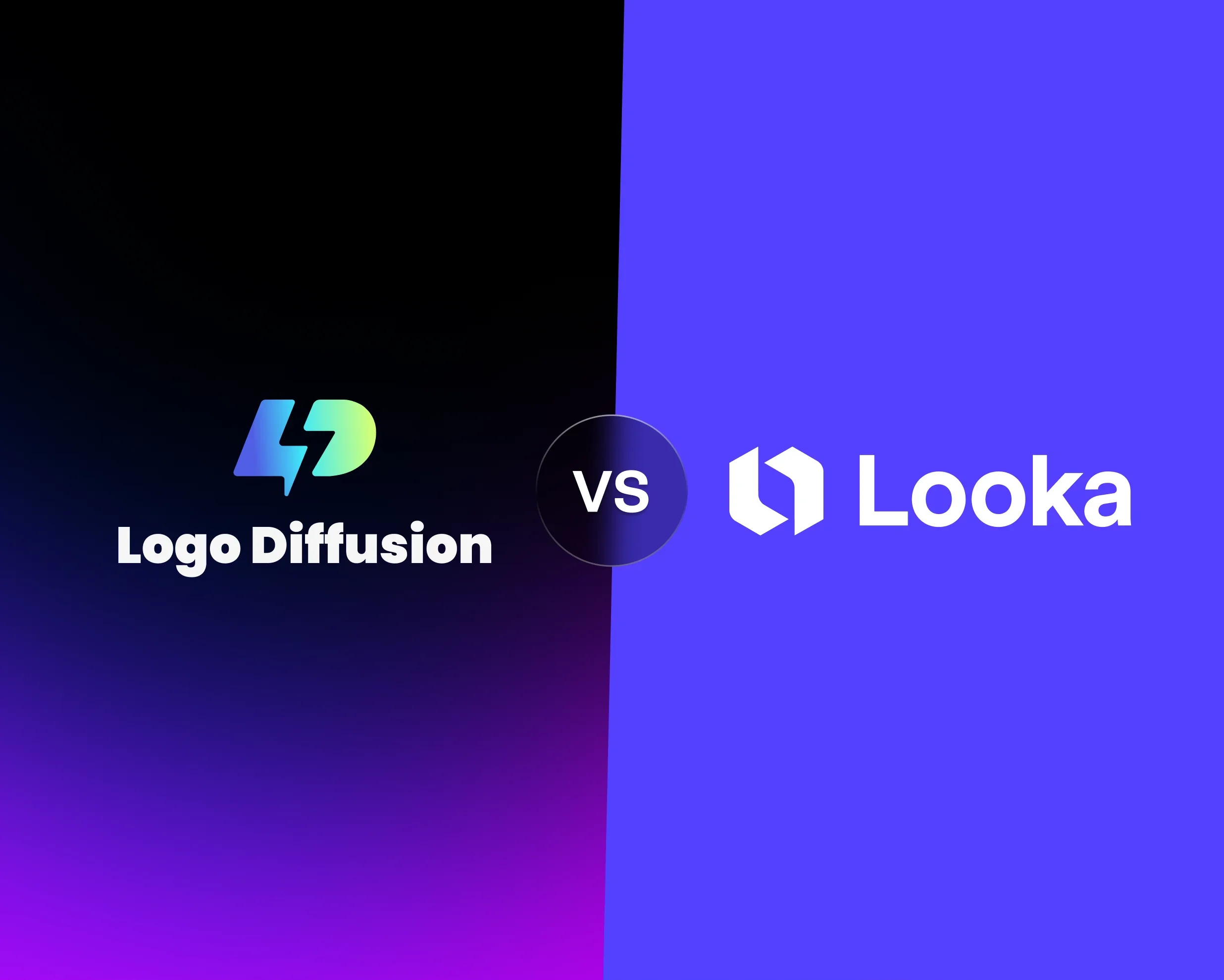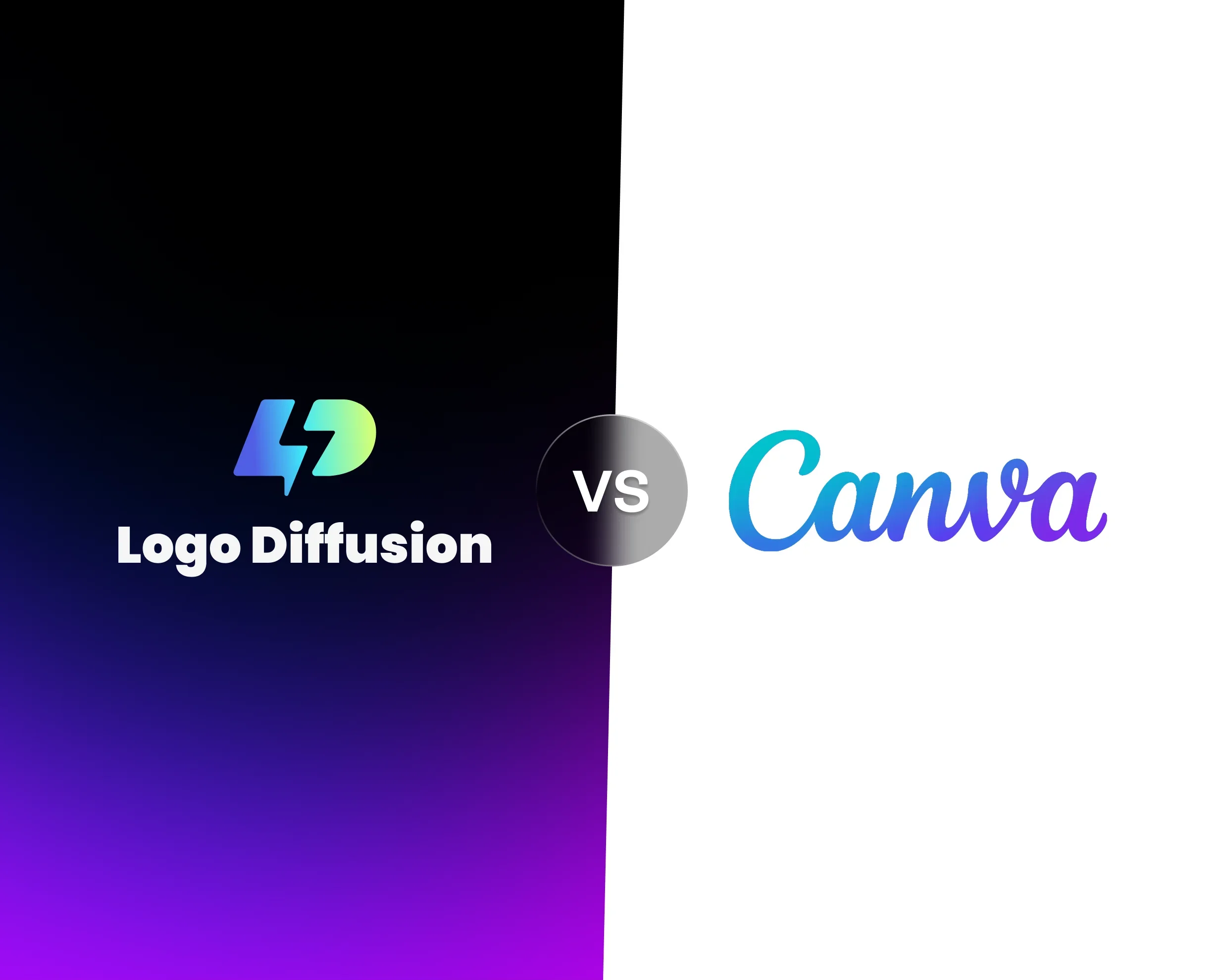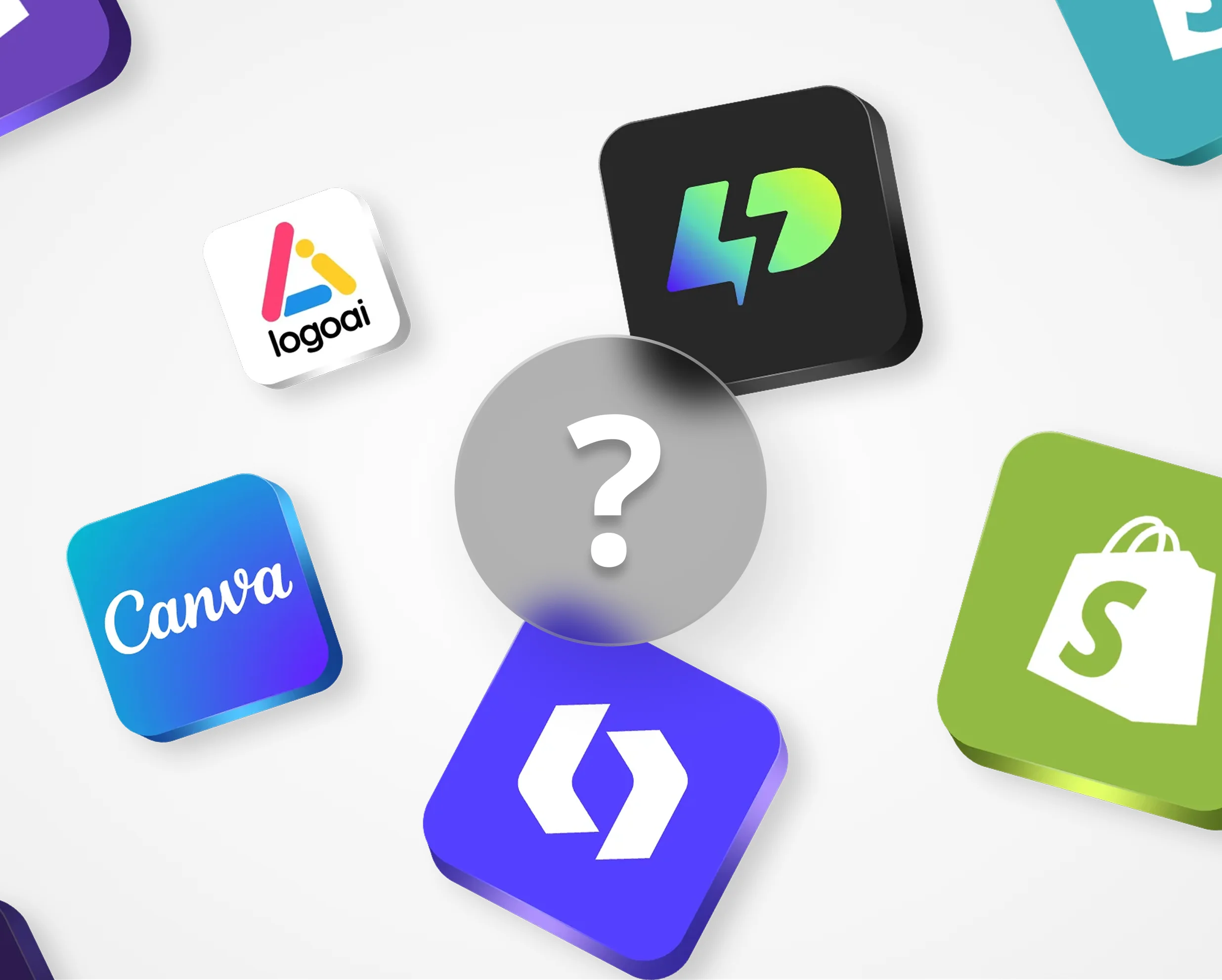

Typography is key to creating scalable, professional logos in vector graphics. This guide covers the essentials, including font selection, spacing, and tools to ensure your designs are sharp and visually appealing at any size. Here's a quick overview:
- Typography Basics: Learn about serif vs. sans-serif fonts, kerning (letter spacing), leading (line spacing), and tracking (overall spacing).
- Vector Tools: Use programs like Illustrator or AI-powered tools like Logo Diffusion for precise text editing and scalable designs.
- Design Tips: Test text clarity at different sizes, maintain strong color contrast, and establish a clear font hierarchy for readability and style consistency.
- Customization: Convert text to outlines, use custom paths, and apply effects like gradients or 3D to enhance your typography.
Start by selecting a font that aligns with your brand and refine your design with spacing and size adjustments. Tools like Logo Diffusion make it easier to experiment and create polished vector logos that stand out.
Typography Basics for Vector Graphics
Learn the essentials to create scalable, polished vector typography.
Font Types and Selection
Fonts generally fall into two main categories:
- Serif: These have decorative strokes or "feet" on the ends of letters, making them ideal for logos in industries like corporate or luxury branding.
- Sans-serif: These feature clean, straightforward lines without extra embellishments, often used in modern tech or minimalist designs.
For vector projects, designers often choose OpenType (.otf) fonts. They ensure sharp edges at any size and offer advanced typographic features.
Text Spacing Guidelines
Proper spacing makes text clear and visually appealing. Focus on these adjustments:
- Kerning: Fine-tune the space between individual letter pairs. Pay extra attention to tricky combinations like "AV" or "WA" that might look uneven.
- Leading: This is the vertical space between lines of text. A range of 120% to 150% of the font size usually works well for readability and balance.
- Tracking: Adjust the overall spacing across all letters in a word or phrase. Slightly increasing tracking improves readability, especially at smaller sizes.
Text Size and Weight
Even though vector typography is infinitely scalable, maintaining a clear hierarchy is key:
- Primary Text: Use larger sizes - typically 2–3 times bigger than secondary text - and bolder weights to draw attention.
- Secondary Text: Opt for lighter weights and smaller sizes that complement the primary text. Ensure at least a 25% size difference between levels to maintain balance.
Always test your typography at different sizes to ensure it remains legible and visually appealing.
Once you've mastered these basics, you can refine your designs further by applying established logo typography standards to build a consistent brand identity.
Logo Typography Standards
Text Scaling and Clarity
Follow these tips to ensure your logo's text stays sharp and readable:
- Test your typography at different sizes, from small icons to large displays, to ensure every detail holds up when resized.
- Set clear minimum size requirements based on where and how the logo will be used, so all text elements remain easy to read.
These steps help maintain consistency in font styles and color choices.
Font Style Rules
A consistent font strategy reinforces your brand identity across all uses:
- Choose a primary font that offers multiple weights and styles. This keeps the look cohesive while allowing flexibility for different applications.
- Establish a clear typography hierarchy. For example, use a bold weight for the brand name and lighter styles for secondary text. Keep letter spacing consistent to enhance readability.
This approach naturally supports good text contrast and clarity.
Color and Text Contrast
Strong contrast is key to keeping your logo legible:
- Make sure your text stands out against its background. Whether it’s light text on a dark background or the reverse, the color contrast should improve readability.
- Prepare alternate versions of your logo for different background shades, ensuring enough spacing to avoid any visual clutter or interference.
Vector Typography Tools
Vector typography tools ensure text remains sharp and scalable, offering a range of options for customization. Here’s a breakdown of tools and techniques to enhance vector typography.
Vector Design Programs
Professional vector design software is essential for typography work, offering precise control and scalability. These tools typically include:
- Real-time text editing with instant previews
- Advanced font management
- Tools for adjusting kerning and tracking with precision
- Options to convert text into paths for further editing
- Shape-building features for creating custom letterforms
AI Text Design Tools
Tools like Logo Diffusion take typography to the next level by using AI to generate scalable designs. Key features include:
- The ability to create text-based logos with customizable styles
- Options to export designs as vectors for scalability
- Built-in sketch tools for refining typography
- Multiple design variations generated from a single text prompt
Text Customization Techniques
For unique typography effects, these methods are highly effective:
1. Text to Outlines
Convert text into outlines to allow complete customization while maintaining vector properties.
2. Layer Effects
Combine vector layers to add depth and texture:
- Add shadows and highlights
- Use gradient fills for color transitions
- Apply texture overlays
- Experiment with 3D effects
3. Custom Path Text
Make text follow unique paths to create dynamic layouts, such as:
- Circular or spiral arrangements
- Wavy or flowing patterns
- Geometric shapes
- Freeform curves
Logo Diffusion Typography Features

Logo Diffusion's AI-powered tools are designed to help users create high-quality vector logos. Its typography features cater to a variety of text design needs while ensuring designs remain scalable.
Text Design Tools
The platform also includes sketching tools with font controls, allowing users to adjust text elements without sacrificing quality, no matter the scale.
User Skill Levels
Logo Diffusion is designed to accommodate users with varying levels of expertise, offering features tailored to both beginners and professionals.
For Beginners:
- Easy-to-use text-to-logo interface
- Pre-set typography styles
- Built-in sketching tools with font controls
- Simple color adjustment options
For Professionals:
- Advanced vector export options
- Detailed typography customization
- Manage multiple design iterations at once
- High-resolution upscaling for polished results
Subscription Plans
Logo Diffusion offers two subscription tiers:
- Basic Plan: $24/month
- Elite Plan: $99/month (includes 4x upscaling and extensive vector export options)
"Logo Diffusion is designed to be a copilot for
, helping users brainstorm ideas and try different styles", says founder Ali Rahmoun.
Mastering Vector Typography
Creating professional logos relies heavily on mastering vector typography. With modern AI tools, designing with vector typography has become more efficient and accessible.
Key Takeaways
Successful vector typography depends on understanding font selection, spacing, and contrast. AI tools, like those offering style transfer and vector export options, simplify the process, making it easier for designers of all levels to create polished, scalable designs. These principles are essential for crafting logos that stand out and maintain their quality across various applications.
How to Begin
Kick off your design journey using Logo Diffusion's text-to-logo tools. Incorporate these tips to create logos that are scalable and aligned with your brand identity:
- Experiment with typography at different sizes to ensure clarity and readability
- Use built-in sketching tools to refine your concepts
- Leverage style transfer features to explore varied typography designs
- Export creations in vector format for flexibility and scalability
Great vector typography isn’t just about picking the right font - it’s about creating designs that look professional and work seamlessly across all platforms.
"Logo Diffusion is designed to be a copilot for logo design, helping users brainstorm ideas and try different styles", says founder Ali Rahmoun.
Elevate Your Brand with the Ultimate AI Logo Maker










































